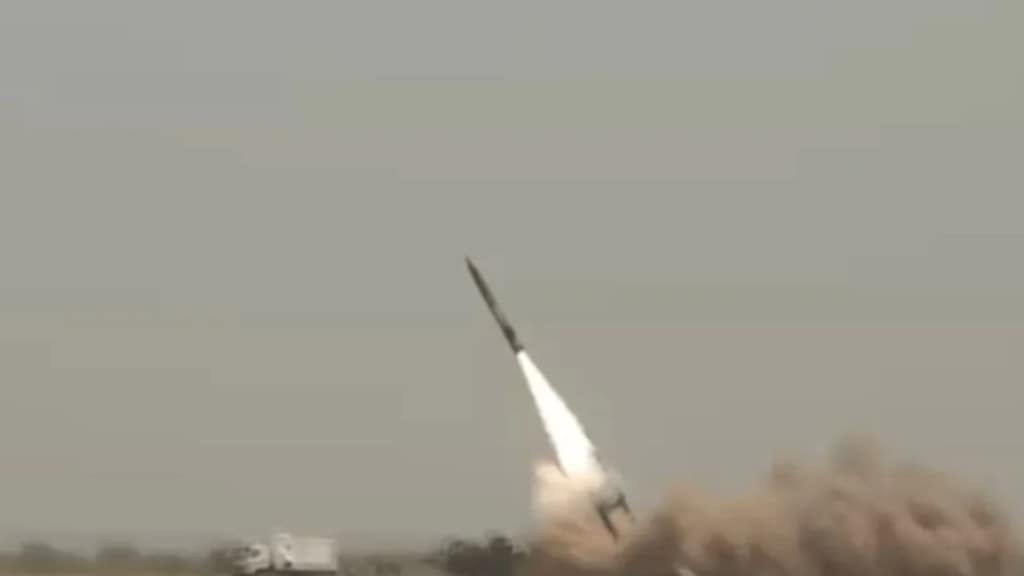Air Force chief AP Singh’s concerns over the delays in the procurement of critical military platforms, and the futility of signing defence contracts without being sure of timely delivery of the equipment need addressing. Over the last decade, the country has made rapid strides in its military strength and defence preparedness, both by capital acquisition and bolstering home-grown capabilities. Prime Minister Narendra Modi on Friday highlighted how the Operation Sindoor showcased the might of the indigenous BrahMos missile and gave the enemy “sleepless nights”.
There are other shining examples of locally developed weaponry, including the anti-submarine torpedoes which reinforced the country’s underwater defence capabilities. But the procurement process, as Singh pointed out, is far from satisfactory, and often gets vitiated. While stating that “not a single project is completed on time”, Singh might have been alluding also to fact that state-run Hindustan Aeronautics Limited (HAL) is yet to deliver the 83 light combat aircraft Tejas Mk 1A, even though the contract was signed in 2021. It also remains uncertain whether the 70 HTT-40 basic trainer aircraft from HAL could be inducted into the Indian Air Force by September this year, as was planned.
To be sure, the government has been laying a lot of emphasis on national security. Local defence manufacturing has received a big boost from private-sector participation, and helped calibrate the Centre’s defence budget. While the foreign direct investment (FDI) limit in defence business is 74% and approvals are under the automatic route, even 100% FDI is permitted through the government route if it leads to access to modern technology.
The country’s defence production stood at Rs 1.27 lakh crore in FY24, and is believed to have reached Rs 1.75 lakh crore in FY25. The target is to take this to Rs 3 lakh crore by 2029, and make India a global hub for defence manufacturing, with exports to the tune of Rs 50,000 crore by then. However, for these plans to materialise, it is important to accord much more sanctity to enforcement of contracts.
This is important, as of the record 193 contracts worth over Rs 2 lakh crore signed in 2024-25, over 90% is awarded to local defence manufacturers which need to learn from their more experienced global counterparts how project schedules are adhered to, and manufacturing processes are aligned with the actual needs of the armed forces.
Also, for indigenous manufacturing capacity to be strong enough to meet the aspiration of self-reliance, upstream activities like design and development ought to be given equal emphasis. The Defence Research and Development Organisation and the major corporate players would need to enhance their collaboration and make it more seamless. Overseas defence purchase deals must aim for technology assimilation to the extent possible, with more diversified sourcing destinations.
India’s defence budget has grown 2.6 times to Rs 6.81 lakh crore between FY14 and FY26 (Budget Estimate).
This indeed reflects an expenditure priority the sector is entitled to, but also shows that the indigenisation process has helped cut costs. For perspective, the Centre’s overall budget size has grown 3.2 times between FY14 and FY26. Having two enemies in the neighbourhood — Pakistan and China — India must guard against its focus on defence indigenisation resulting in any lapse in meeting the immediate needs of the forces. The Air Chief is bang on when he said, “We have to now be ready to be future-ready. That is the concern.”


